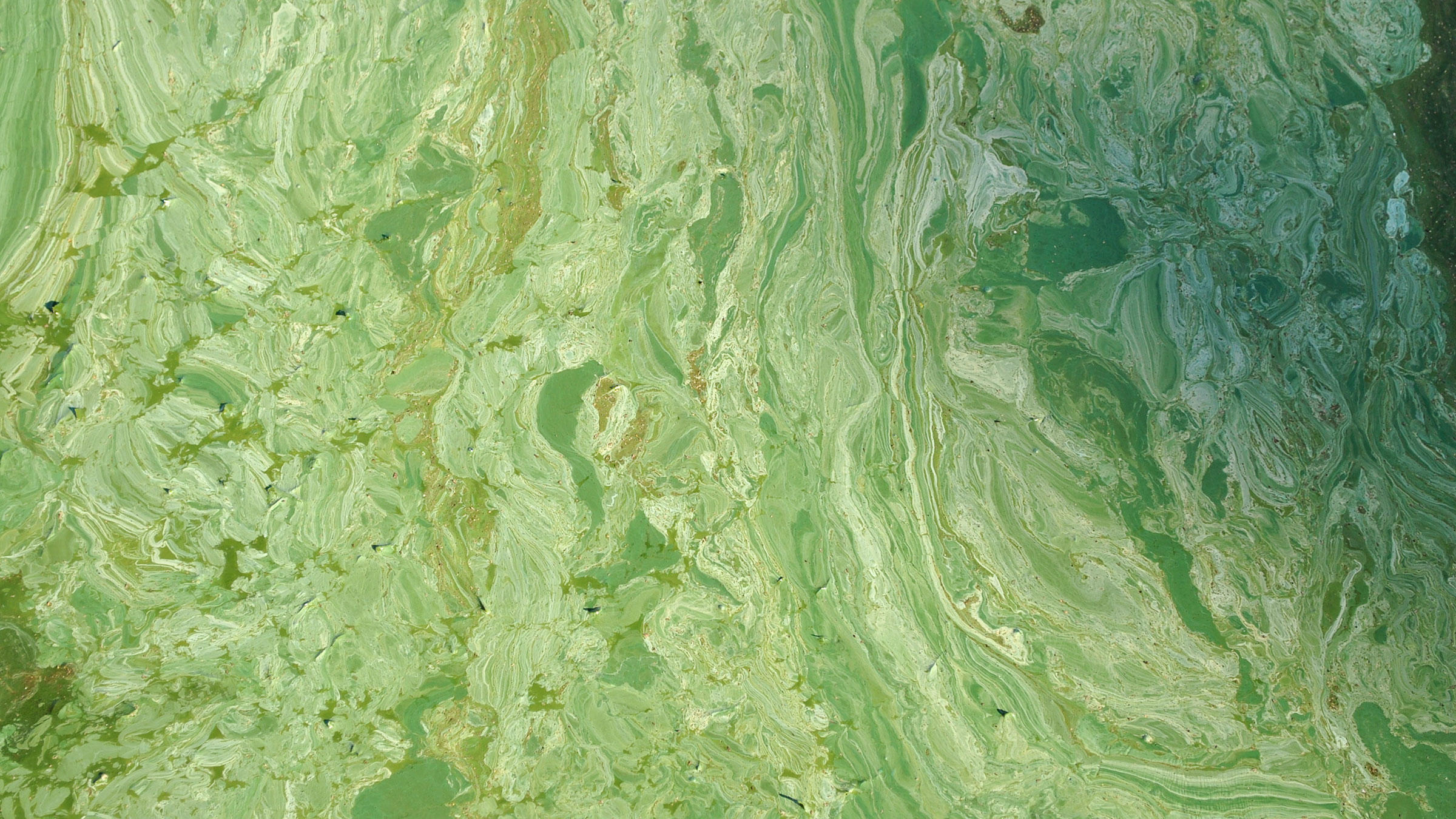Florida’s waterways are screaming for “help.” A catastrophic combination of red tide and blue-green algae blooms on the west coast, and blue-green algae blooms on the east coast are hurting Florida. These headline-making events are causing significant public health concerns, tarnishing Florida’s reputation for world-class beaches, and mucking up our clear blue waters. But how does this happen?
SEE HOW ALGAL BLOOMS HAPPEN IN FLORIDA
Red tide originates naturally in the Gulf of Mexico’s salty waters while blue-green algae occurs in freshwater bodies like Lake Okeechobee. These two outbreaks are independent of one another, but together wreak compounding havoc. Both deplete water of vital oxygen- suffocating fish, mammals, and plants. More research is needed to get a full picture of what’s going on, but what is clear is that both of these chaotic scenarios are exacerbated by a warming climate and excess nutrients in our waterways. The sources of nutrient pollution aren’t new: agricultural runoff, manure from cattle, septic tanks, treated sewage used for watering lawns, sewage sludge spread on fields, and local stormwater runoff. All of this ends up entering waterways and exacerbates red tide and blue-green algae. When combined with the decades-old phosphorus in Lake Okeechobee during the hot summer months, excess nutrients result in the harmful blue-green algae blooms in the lake and estuaries on Florida’s east and west coasts.
This cannot be the status quo. This cannot be our future.
If there were ever any doubts, it is now crystal (no, guacamole-green) clear that it is #NowOrNeverglades. It’s never been more important to continue developing additional restoration infrastructure and water management options- something Audubon has been on the front lines of for decades. Audubon’s solutions to Florida’s water crisis include:
- Building the water infrastructure needed to restore the north-to-south flow of water through the River of Grass;
- Investments in water quality projects and programs to clean excess nutrients from our waterways;
- Robust and reliable funding to prevent the starts and stops that hamper restoration efforts;
- Restoring water management district budgets; and
- Serious investment in Basin Management Action Plans to reduce nutrient loading into our waterways must be a priority moving forward.
The science tells us that Florida’s waterways need help. For example, Lake Okeechobee’s phosphorous goal is 40 parts per billion specifically to prevent blue-green algae blooms, but recent phosphorous levels in the lake have ranged between 100 and 200 parts per billion, making cyanobacteria blooms a constant threat.
Cleaning our watershed will be a monumental effort but Audubon and its members have been successful at overcoming significant environmental challenges before. Get ready and stay tuned! The next legislative session in Florida will be a busy one with brand new leadership across Florida government. We’ll be asking for your help to push forward good policy and funding for the important work needed to protect natural Florida.
Want to be kept in the loop? Click here to sign up to receive updates from Audubon Florida.




